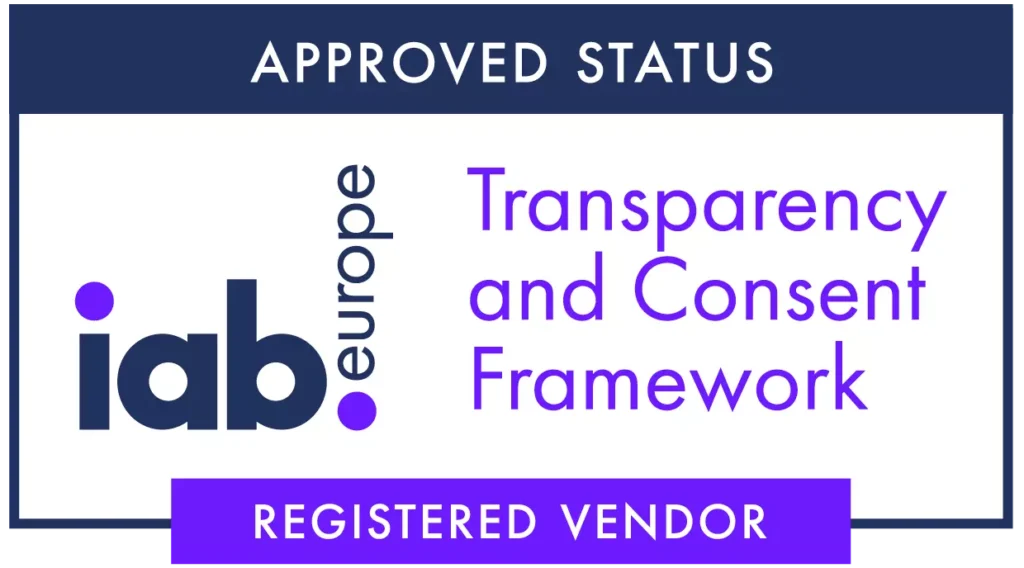It’s no secret that changes in consumer behavior over the past few years have impacted organizations across a range of industries. But according to Azira’s new study, the State of Global Consumer Behavior Data, restaurants may have had to adjust their business strategy even more than other industries.
Azira surveyed 590 data leaders across Restaurants, Commercial Real Estate, Retail, and Travel & Hospitality. The survey found 60% of data leaders agree that “changes in consumer behavior have caused our organization to rethink business strategy in the past year.” However, looking specifically at the 125 data leaders in Restaurants who answered the survey, that percentage is even higher – a whopping 70% of restaurant data leaders say they’ve had to rethink business strategy due to changes in consumer behavior. This higher impact speaks to how profoundly consumer behavior has changed around dining – including higher reliance on takeout and delivery, growing expectations around apps and other technologies to facilitate orders, a widening generational divide around restaurant behaviors, and more.
As restaurant data leaders have had to adapt to these rapid changes in consumer behavior, data has been key – 75% of restaurant data leaders agree “consumer behavior data is critical for our team’s business decisions.” However, while data is critical, restaurants have run into some challenges in fully utilizing it.
Challenges in Utilizing Data for Restaurants
Compared to leaders in other industries, restaurant data leaders were more likely to agree that “our organization has a lot of data, but isn’t effective in regularly using it to inform decisions,” with 56% of restaurant data leaders agreeing versus 39% of data leaders overall. And this inability to utilize the data they have comes at a steep cost – 52% of restaurant data leaders say their organization has missed business opportunities due to insufficient data, higher than the 40% of data leaders overall.
So why are restaurants having so much trouble making use of their data? Technical expertise jumps out as a critical issue for restaurants – 73% of restaurant data leaders say they would like to have more technical expertise on the team for using data for business decisions (versus 64% for data leaders overall).
In addition to technical expertise, restaurant data leaders cited other challenges in using consumer behavior data – here are the top 3:
Technical challenges of blending data
Challenge of making data actionable
Not enough technical expertise in-house
Restaurant data leaders were also more likely to struggle with making sure key stakeholders have access to data (26% vs 18% overall).
Key Data Use Cases for Restaurants
Restaurant data leaders leverage consumer behavior data for 3 use cases on average, which is on par with data leaders overall. More than any other industry, restaurant data leaders are using data for Inventory Planning & Management (46% vs. 37% overall). This makes sense as a priority in an industry where inventory shelf life is particularly short.
The top 3 use cases for restaurant data leaders are:
Inventory Planning &
Management
Market
Research
Visitor Insights & Customer Profiles
The insights that restaurant data leaders use most are customers’ Work Location (39%) and Demographics (39%), which are tied for first-place. This is followed by Path to Purchase (36%) which, while clearly an important metric for restaurants, didn’t rank as high as it did for retail data leaders, who said it was their top metric (55% said it was critical).
Restaurants Prepare for More Change Ahead
When looking to the future, restaurants are bracing for more change. In fact, 67% of restaurant data leaders expect that business priorities may dramatically change due to changes in consumer behavior.
When asked which single metric their team wants to improve in 2023, restaurant data leaders’ responses aligned closely with data leaders overall, prioritizing customer experience above all others:
Improving customer experience
Online visits & sales
Growing footfall to our locations
Notably, restaurants were somewhat more likely to prioritize growing footfall to their locations (17% vs. 14% overall). Restaurant data leaders also looked to improve supply chain efficiency more than other industries (13% vs. 9% overall).
To navigate these changes, restaurant data leaders are planning to get more teams involved in using data for decision-making (50%) and integrating their data with additional sources of third-party data (47%). Restaurant data leaders are more likely to be planning for additional sources of third-party data than data leaders overall (47% vs. 38% overall), and 55% say they’re planning to use more consumer behavior data overall in the coming year. By continuing to turn to data, restaurants can make more informed decisions around inventory planning, store formatting, site selection, and more.





